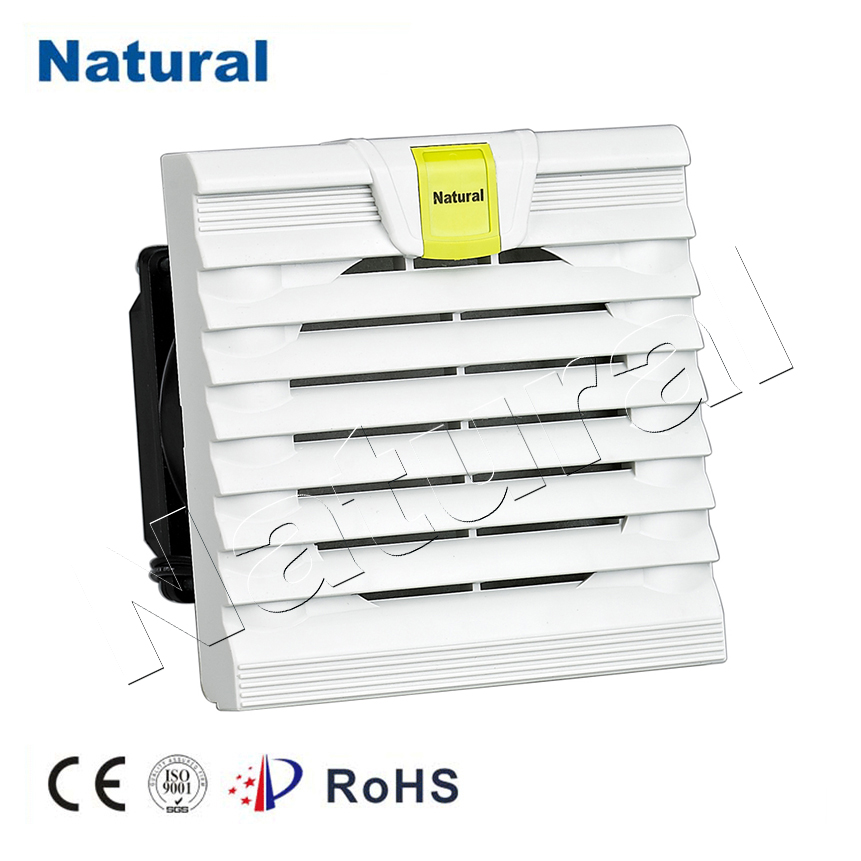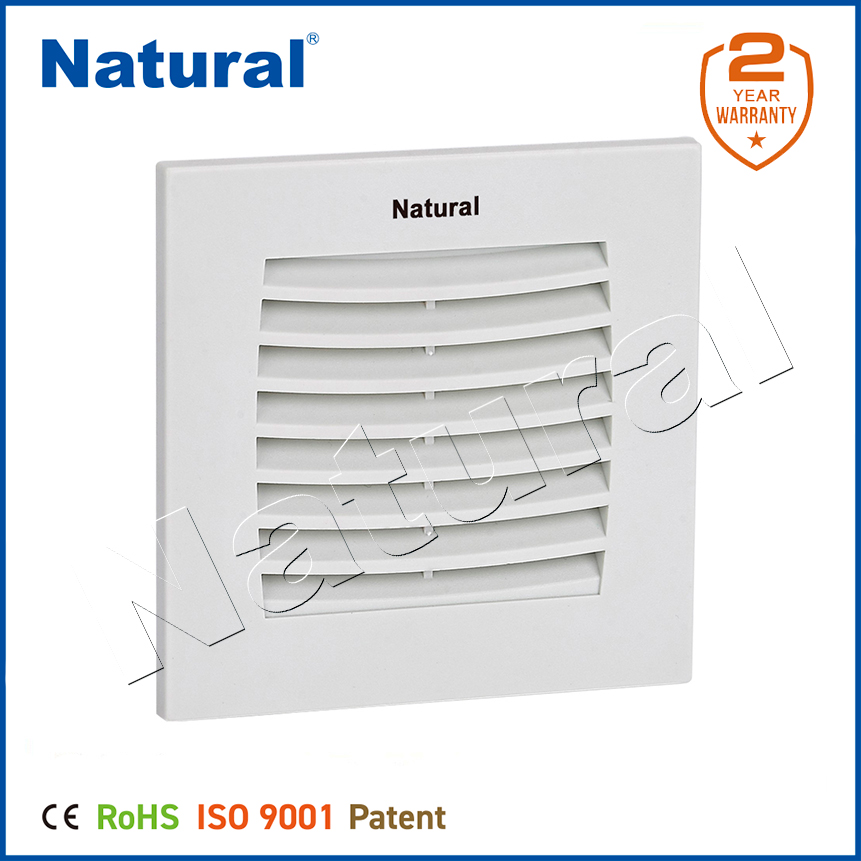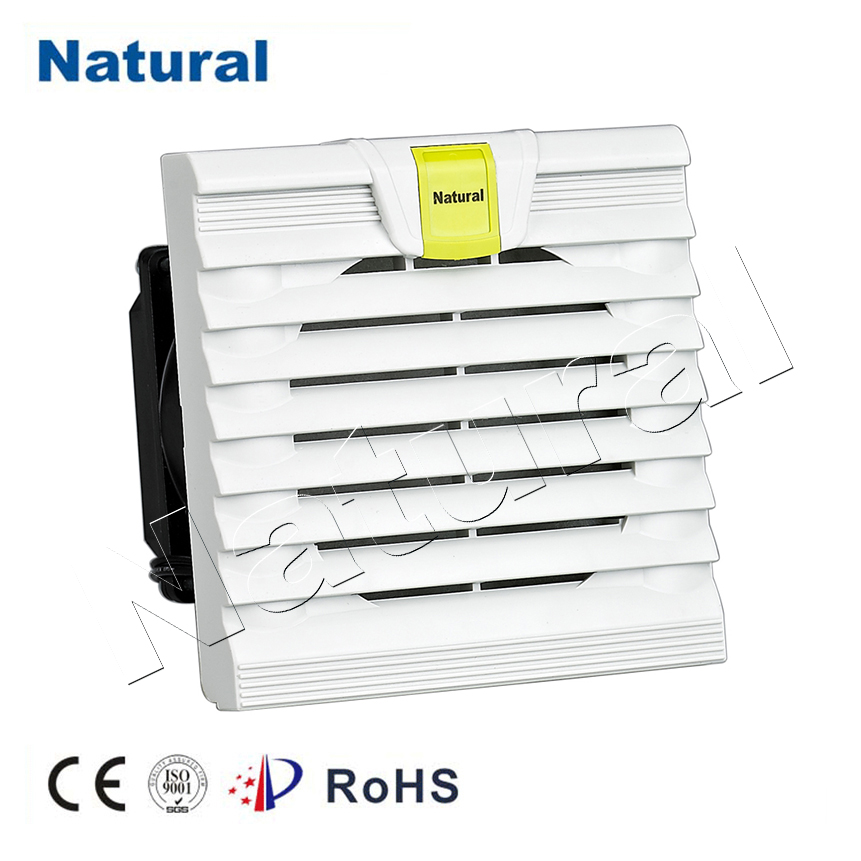Cabinet filters play a crucial role in maintaining clean and efficient air systems, particularly in environments where air quality is critical, such as laboratories, factories, and HVAC systems. These filters are designed to trap dust, allergens, and other particulate matter, ensuring that air circulating within a building or facility remains clean and breathable. In this article, we will explore the function, types, benefits, and maintenance of cabinet filters, shedding light on why they are an indispensable component of air filtration systems.

What is a Cabinet Filter?

A cabinet filter is a type of air filtration device housed in a protective enclosure, or “cabinet,” designed to filter out pollutants from the air. It is typically used in various industrial, commercial, and residential applications to ensure that the air circulating within a space is free from harmful contaminants. Cabinet filters are often found in HVAC (heating, ventilation, and air conditioning) systems, clean rooms, and ventilation units in industrial plants, where controlling air quality is essential for the health and safety of employees and occupants. The design of the cabinet filter allows it to accommodate different types of filter media, such as HEPA (High-Efficiency Particulate Air) filters, activated carbon filters, or electrostatic filters, depending on the specific needs of the environment. These filters capture and remove airborne particles, chemicals, and odors, significantly improving air quality.
